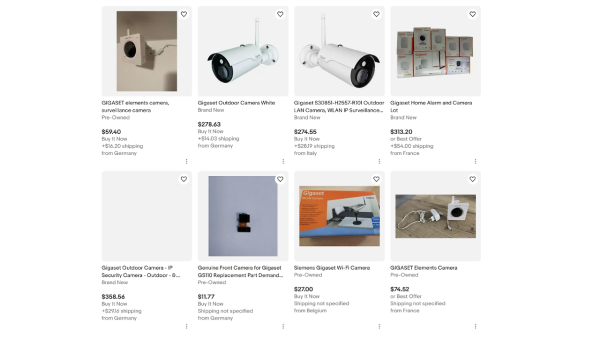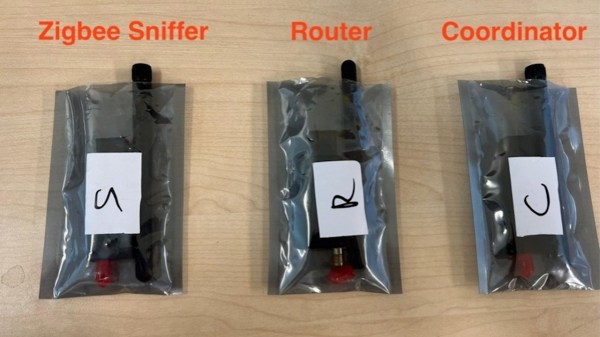The cloud is supposed to make everything better. You can control things remotely, with the aid of a benevolent corporation and their totally friendly servers. However, you might not like those servers, and you might prefer to take personal control of your hardware. If that’s the case, you might like to follow the story of [ouaibe] and their quest to free a fan from the cloud.
The unit in question was a tower fan from Dreo. [ouaibe] noted that there was already a project to control the fans using Home Assistant, but pure lower-level local control was the real goal here. Work began on pulling apart the Dreo Android app to determine how it talked to the fan, eventually turning up a webserver on board, but little progress. The next step was to disassemble the unit entirely. That turned up multiple PCBs inside, with one obviously for wireless communication and another hosting a Sino Wealth microcontroller. Dumping firmwares followed, along with reverse engineering the webserver, and finally establishing a custom ESPHome integration to fully control the fan.
[ouaibe] has shared instructions on how to cut your own fan from the cloud, though notes that the work won’t be extended to other Dreo products any time soon. In any case, it’s a great example of just how much work it can take to fully understand and control an IoT device that’s tethered to a commercial cloud server. It’s not always easy, but it can be done!




















